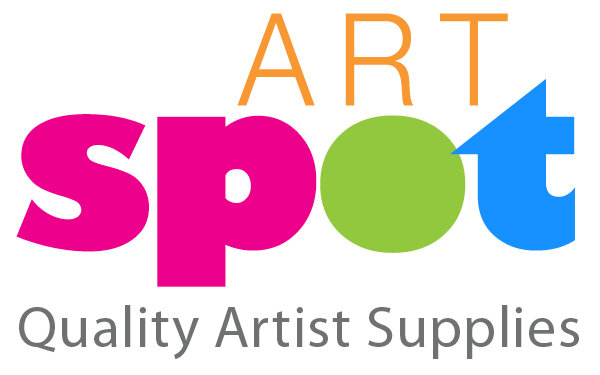By Robert Gamblin
We simply call it painting, but actually there are two distinct parts to this art that stretches back at least 30,000 years to the caves of southern Europe. I’ve always spoken about every painting having two lives, the one it has as while coming into being through our efforts in the studio, and its next life that begins when we step back from the easel and say, “it's done.”
Our culture, for understandable reasons, tends to focus on the finished product; there are no museums devoted to the process of making a painting.
After having supported artists’ processes professionally for the last 34 years I feel unequivocally that the most important aspect of painting is its creation. As much as I love interesting paintings hanging on the wall, for me, this isn’t as important as the creative process itself.
I think that making a painting is one of the most intricate things we do in our lives. The mystery of creativity requires us work with our head, our heart, our hands and our intuition. All of it comes out, brushstroke by brushstroke, though the luscious intensity of oil colors.
It should be not be a surprise then that you feel so good while in the flow of a painting session. In that state you are pounding on all cylinders. They talk about a “runner’s high,” well there is certainly a “painter’s elation.” I feel it often.
And by painting over a number of decades the rewards to one’s life are immense. You achieve a life-long dialogue with yourself around what it is like to be a person in this world at this time. In oils you are creating a record of your life that will endure for centuries.
What a great privilege to be born and living in a time and place where we can pursue our art. That is a lot to be thankful for. And, from all of us at Gamblin, thank you for bringing our materials to your painting process, it is a privilege to be there.

